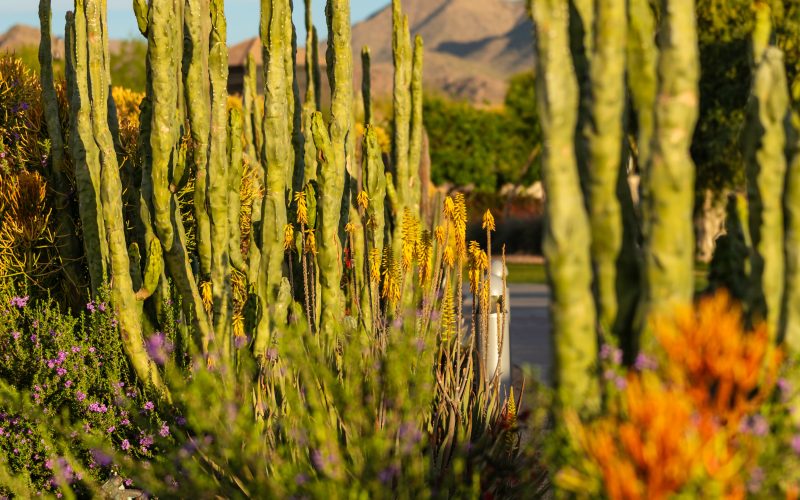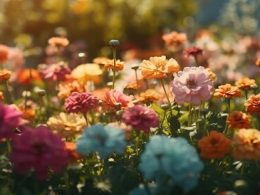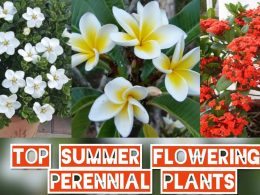Gardening is not only a hobby, but it can also have a positive impact on the environment, particularly when it comes to attracting butterflies and moths. Butterflies and moths are important pollinators, and they also serve as a food source for other animals, including birds and small mammals. By creating a garden that is attractive to these insects, you can help to support biodiversity and create a healthier ecosystem in your own backyard.
Attracting Butterflies
Butterflies are attracted to plants that provide nectar and host plants for their larvae. Nectar plants include a variety of flowers, such as milkweed, coneflowers, and phlox. Host plants, on the other hand, are the plants on which butterflies lay their eggs, and which serve as a food source for their caterpillars. For example, monarch butterflies lay their eggs exclusively on milkweed plants, while black swallowtail butterflies lay their eggs on a variety of plants, including parsley and dill.
To attract butterflies to your garden, it is important to provide a mix of nectar and host plants. You can also create a butterfly habitat by providing a shallow dish of water, as well as flat stones or other surfaces on which the butterflies can bask in the sun.
Attracting Moths
Moths are attracted to plants that produce strong scents and flowers that are white or pale in color. They also need plants that serve as a host for their larvae, which are known as caterpillars. Some common moth host plants include grasses, ferns, and wildflowers.
To attract moths to your garden, you can plant a mix of flowers and herbs, such as evening primrose, jasmine, and yarrow. You can also provide a habitat for moths by leaving a small patch of your garden un-mowed, or by creating a pile of leaves or other natural debris.
Benefits of Attracting Butterflies and Moths
By creating a garden that is attractive to butterflies and moths, you are not only supporting these important pollinators, but you are also creating a habitat for other animals, such as birds and small mammals. In addition, gardening can have a positive impact on mental health, providing a sense of relaxation and well-being.
Conclusion
Gardening can be a rewarding activity for both humans and wildlife. By creating a garden that is attractive to butterflies and moths, you can support biodiversity, create a healthier ecosystem, and provide a source of relaxation and well-being for yourself. So why not start planning your own butterfly and moth garden today?












